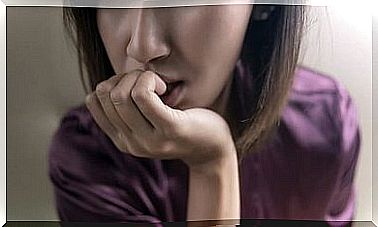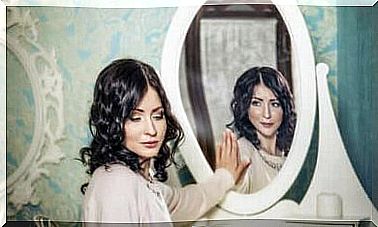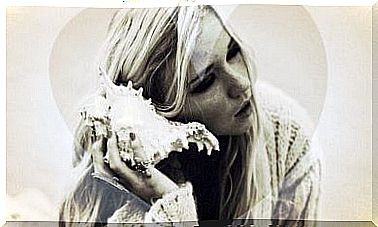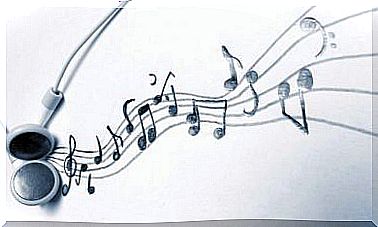Which Faces Inspire The Most Confidence?
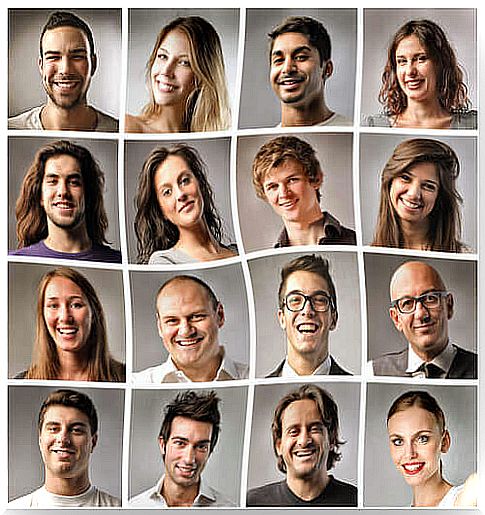
Having a normal face is often synonymous with going unnoticed, but new research suggests that “normal” can be imposing when people gauge the reliability of faces.
Research indicates that typical faces are not seen as the most attractive, but are seen as the most trustworthy.
The study in question
According to the study “The influence of the typicality of the face on perceived reliability” , it is more likely that we trust a “typical” face because it can indicate that the individual is part of the culture in which he is inserted, conveying the idea of familiarity.
In this sense, these results have important implications for the understanding of social perception, including intercultural perceptions, as explained by the scientist, psychologist and principal investigator of this study, Carmel Sofer, from Princeton University (United States) and from Radboud University Nijmegen ( Netherlands).
Previous studies have shown that a face composed of a biotype of many faces is often considered more attractive than the sum of its constituent parts. However, other studies suggest that the relationship between typicality and attractiveness may not be so simple, because there is a certain preference for certain proportions that interfere with the symmetry of the face, which may explain the connection. Sofer and his colleagues wondered whether typicality could be more directly linked to perceived reliability.
In one of the experiments, researchers digitally created a “typical” face from biotypes of 92 female faces. They also created an “attractive” face by choosing the 12 most attractive faces from another set of faces. Then they combined the twelve faces into one and created nine variations. Among them there were different levels of attractiveness and typicality. The end result was a set of 11 faces ranging from the least attractive to the most attractive, after which the most typical face was chosen.
Participating women rated facial variations and used a 9-point scale to rate reliability and attractiveness. During the course of the study, participants rated and rated each face three times. The investigators only included female participants in order to eliminate possible cross-gender differences in the way we perceive and assess faces.
The more typical the face, the more trustworthy
The resulting qualifications revealed a kind of intersection between the typical face and confidence. So the more typical the face was, the more trustworthy it would be. When it came to attraction, however, typicality was not shown to play a role.
“The typical faces were not relevant for the assessment of attractiveness, but they were important for the assessment of reliability” , explains Sofer. “This effect may have gone unnoticed because reliability and attractiveness results are highly correlated in the investigation. ”
Another experiment confirmed these results, showing that the relationship between face typicality and reliability was not caused by the specific faces used, or by the transformation process the researchers had employed to digitally match and alter the faces.
“By demonstrating the influence of typical faces on participants’ perceived honesty, our results bring to light a concept based on how they influence social perception, ” the investigators write. “We highlight the social meaning of the typical face, because perceptions about reliability are close to the global assessment of faces. “
Sofer and his colleagues are interested in exploring how the typicality of the face works in intercultural environments:
“We are interested in knowing how people judge the reliability of the face when visiting other countries and how we perceive visitors, ” explains Sofer. “Furthermore, we intend to study how the typical face influences judgments of reliability when exposed to factors such as variations in emotional expressions.”



